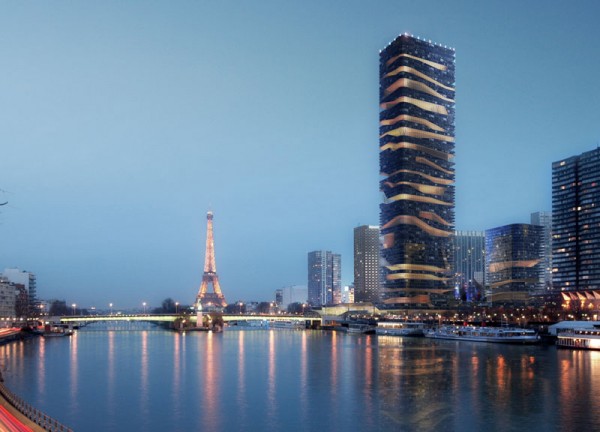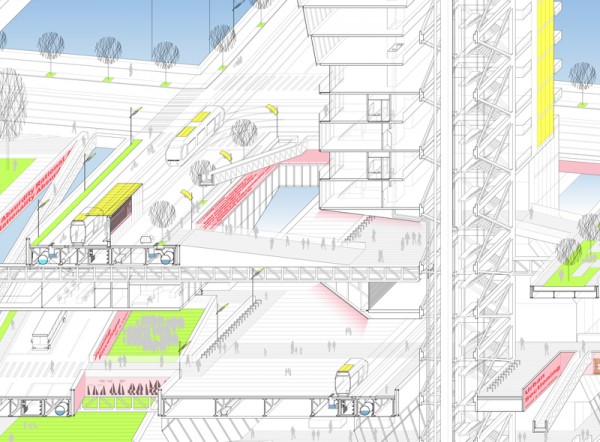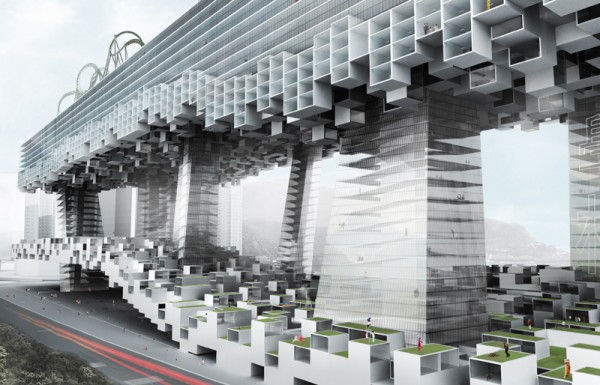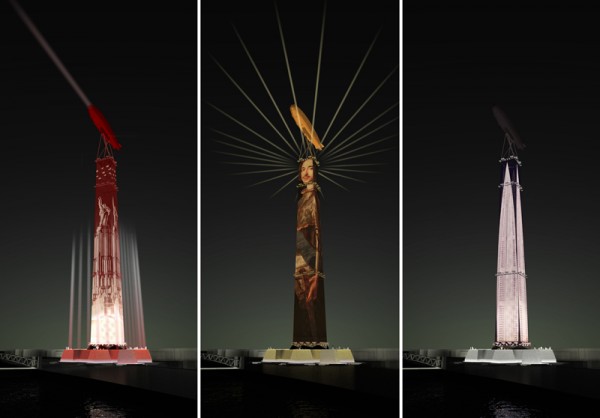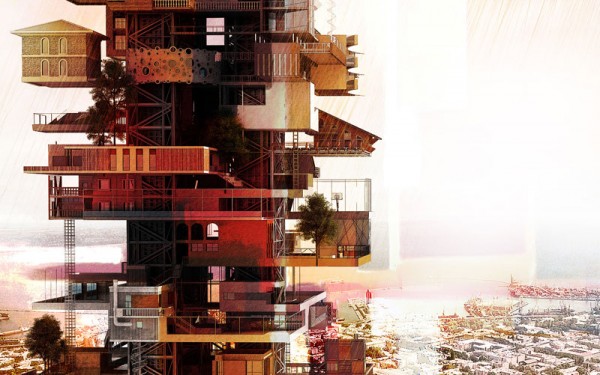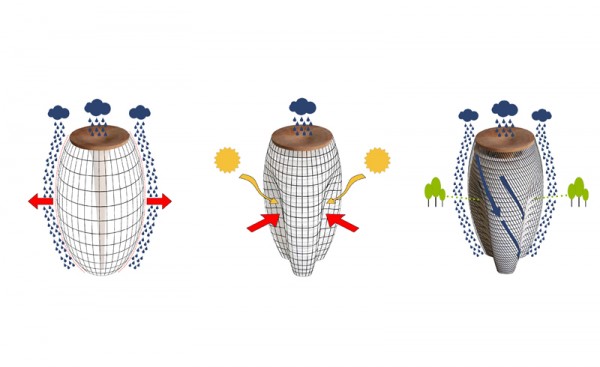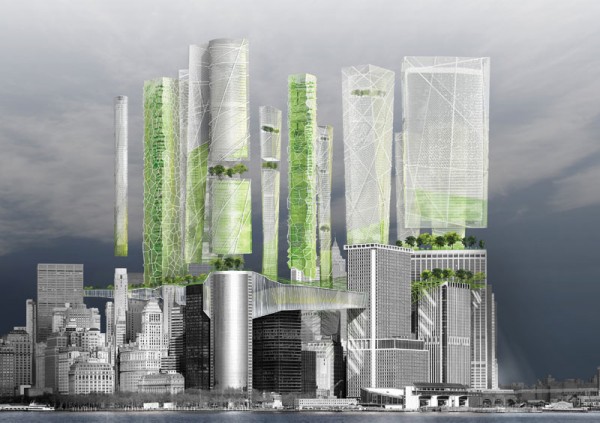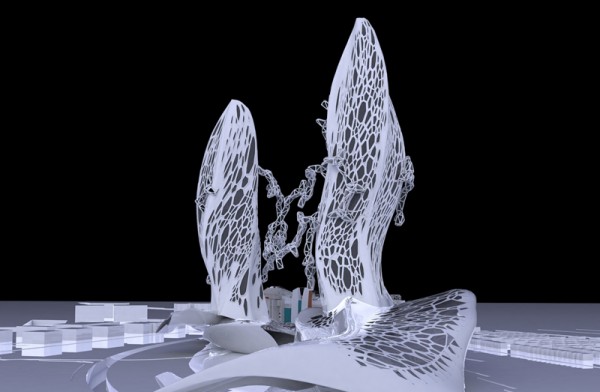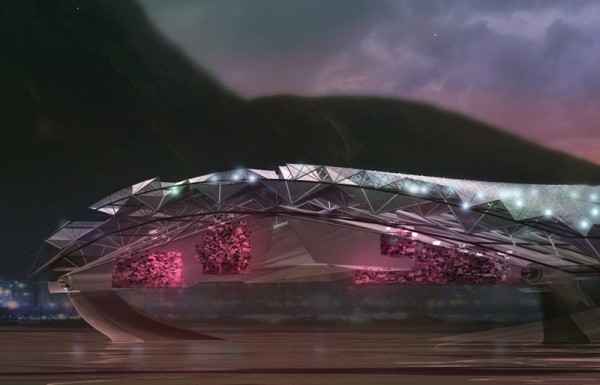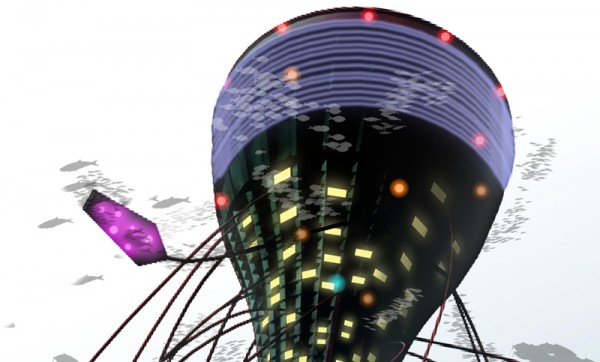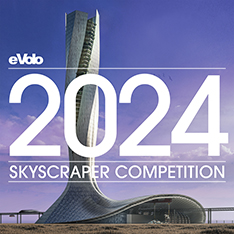Special Mention
2010 Skyscraper Competition
ATELIER ZÜNDEL ET CRISTEA
Gregoire Zündel, Irina Cristea, Nicolas Souchko, Mario Russo
France
During the last couple of decades, Paris, like any other major city has exponentially grown. Nowadays it requires 70,000 new homes per year; a situation that has created a lot of controversy as urban planners propose skyscrapers and Parisians drastically refuse to change their beloved city. Paris is a city of low buildings that recognizes street life and human scale as one of its most important aspects. The few skyscrapers located in La Defénse have been criticized and almost no one believes that skyscrapers could be the solution to their housing problem.
This project proposes a possible solution by creating a city-like skyscraper that takes Paris’s street life to the sky. The volume of the entire building is fragmented by a spatial ribbon that begins at street level and moves upward to create community areas, restaurants, auditoriums, parks, and cultural spaces. Read the rest of this entry »

